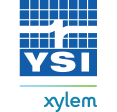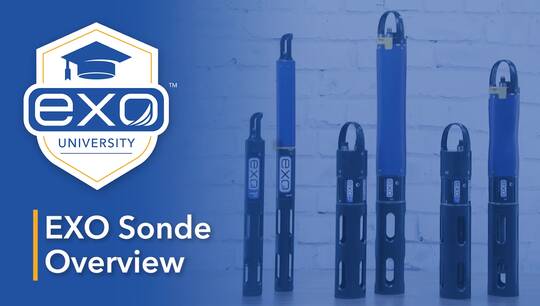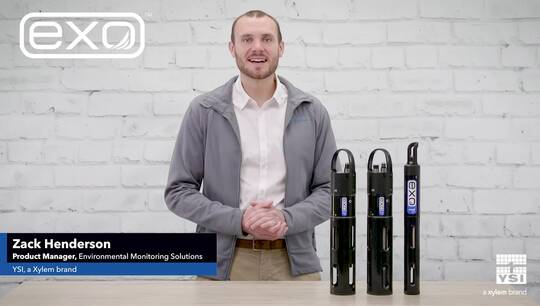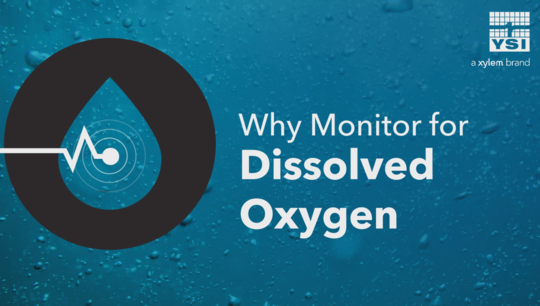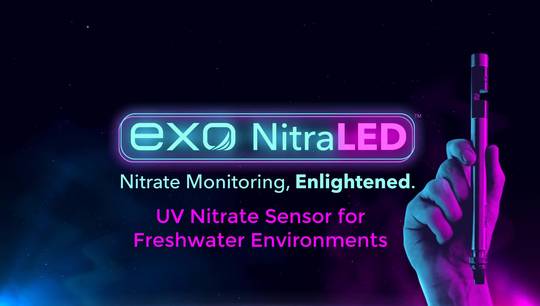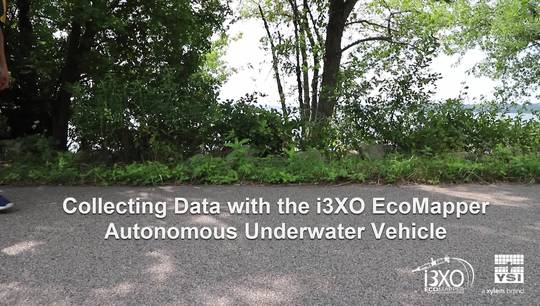Data Buoy for Real-Time Aquaculture | Water Quality and Current Speed
We're here today to launch some water quality monitoring instruments with UTS, and also South Coast Mariculture to help monitor the water quality for their mussel farms.
This came about out of the recent catastrophic weather that we've been having, the bushfires and the storms. Aquaculture along the coast lost a lot of their infrastructure. They lost a lot of their product, they got damaged, and we decided we would join with the industry, with researchers, and also with government departments, and try to do something to help that industry.
And this project is now to work with the mussel farmers to look at water quality in Jervis Bay and Eden and to help them to increase their productivity, to understand the water column better, and maybe to expand their aquaculture into the future.
South Coast Mariculture - we are marine farmers. We're farming the pristine waters of Jervis Bay and Twofold Bay, producing quality seafood for everybody in New South Wales, Queensland, and beyond. When you really delve into it, the impact of our operations do go a long way throughout the community. We've got, I think it's 25 to 30 employees up at the factory processing the seafood from the Jervis Bay shellfish market.
So, for this project, we're installing the YSI buoy with EXO2 multiparameter sonde that's going to be measuring pH, dissolved oxygen, turbidity, and algae. We're also looking at current speed measurements and also weather conditions as well. This will give the key stakeholders important information to make critical decisions with changes in water quality or weather.
There's a real shift in the industry to move towards high-quality data collection, and the live monitoring of the water quality environments for a couple of reasons. It increases efficiency, and it increases sustainability through critical decision-making through live monitoring of weather events or water quality, or changes in flow.
All data is invaluable to us as marine farmers. Things like water temperature, chlorophyll, salinity, they're all measures that can help us improve the growth of our mussels and the volumes that we can grow and we'll know over time some of that data sets will help us improve the times of the year that we seed our mussels, the times of the year that we harvest our mussels, and we don't have to get out on the ocean. We can still monitor what's going on with our farm, and within our farm without having to get out there. Thanks to the water monitoring buoy, and very much looking forward to it.
We hope that our work will assist them to grow greater product, better product for all seafood consumers. I'd really like to thank the mussel farmers, combined with the researchers at UTS, and the Department of Primary Industries, as well as Xylem, and together we really hope that this project will transform Australian shellfish.
Learn more on the EXO Multiparameter Sonde page!
